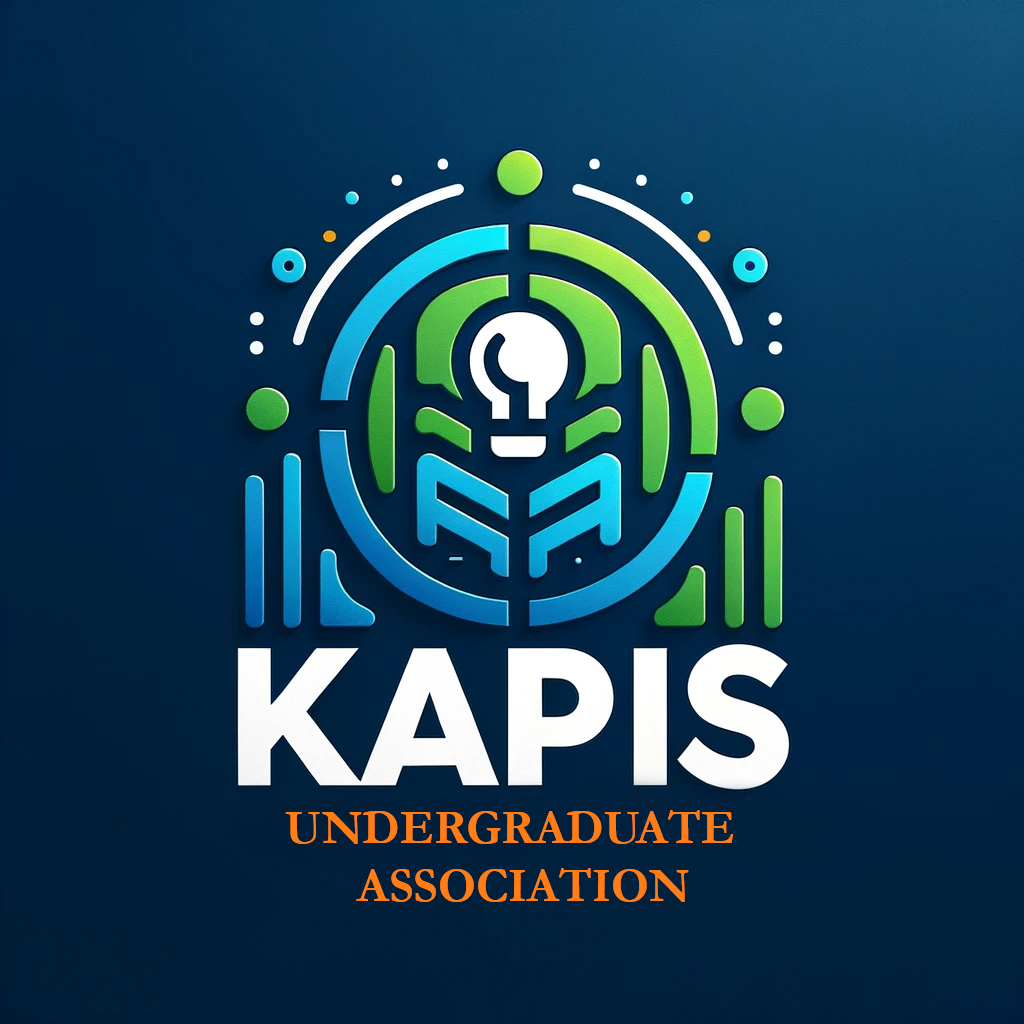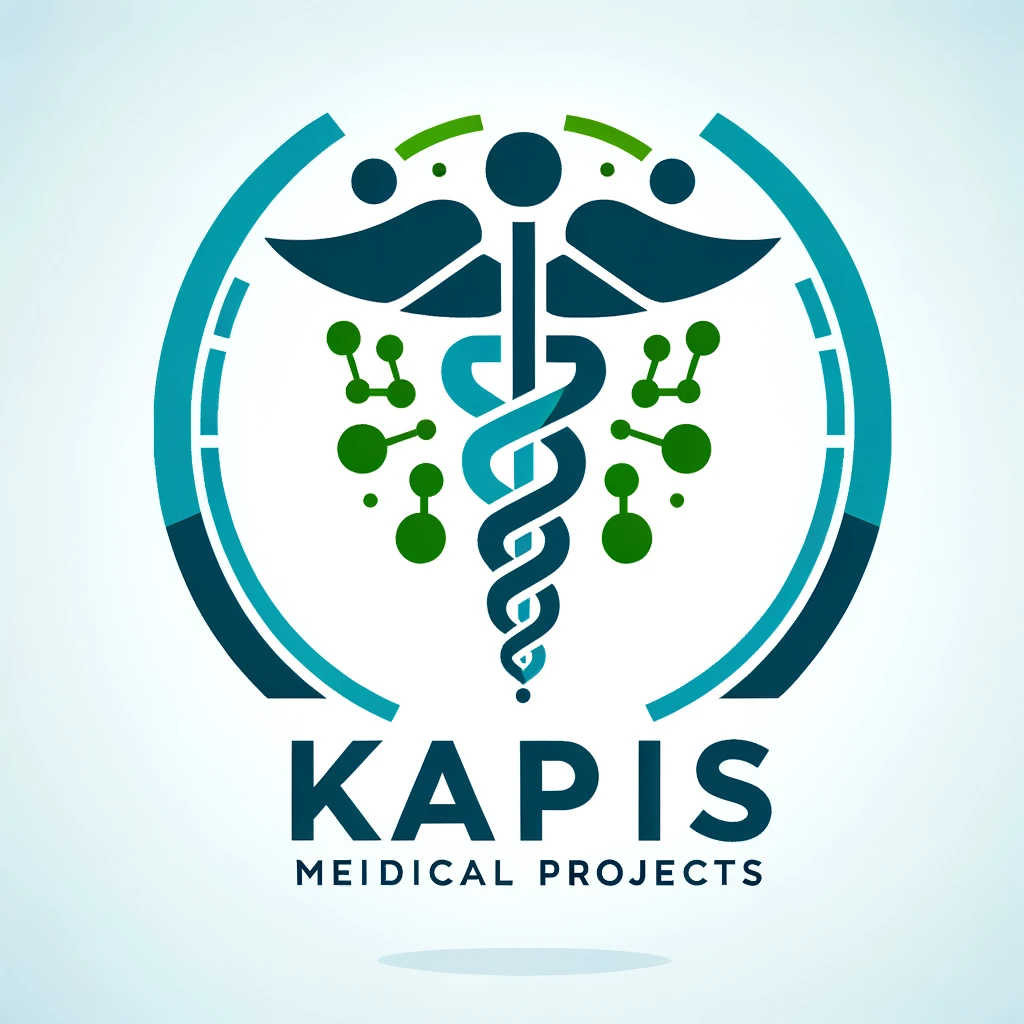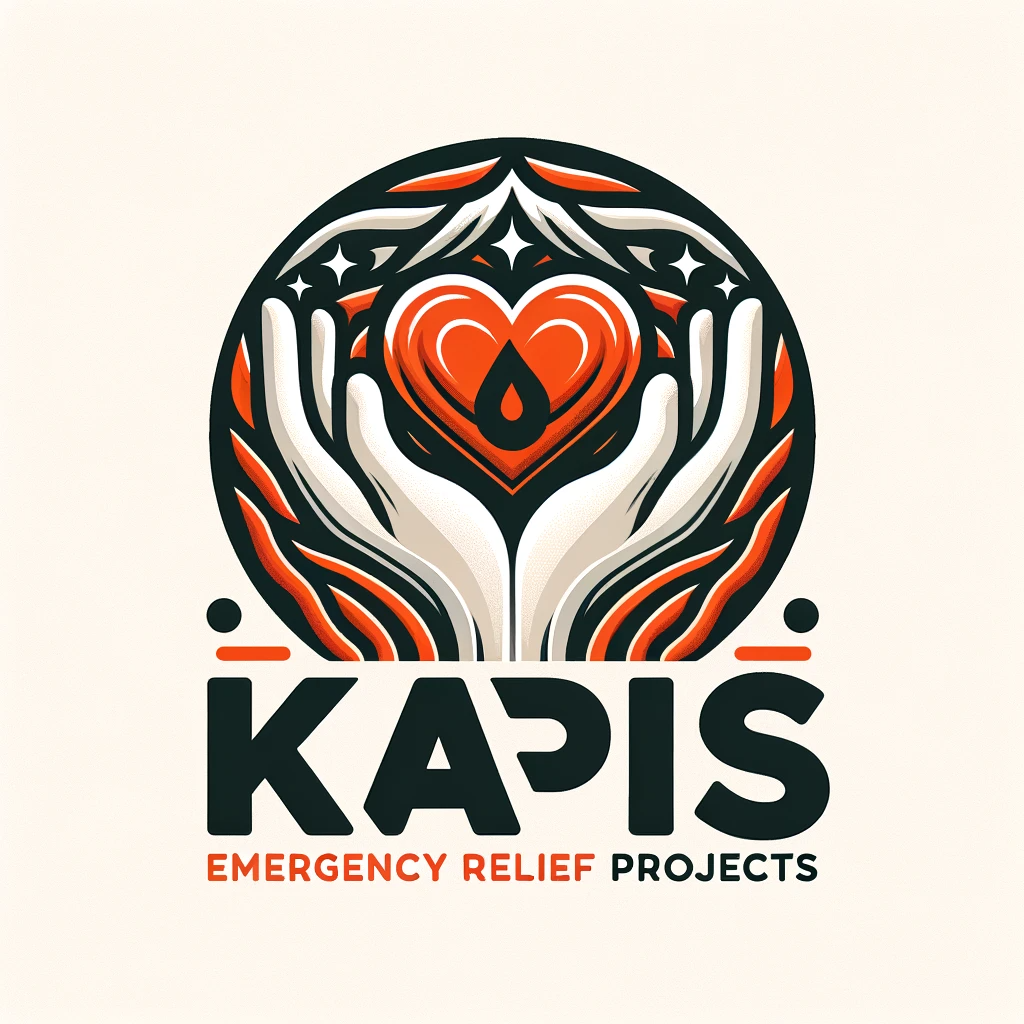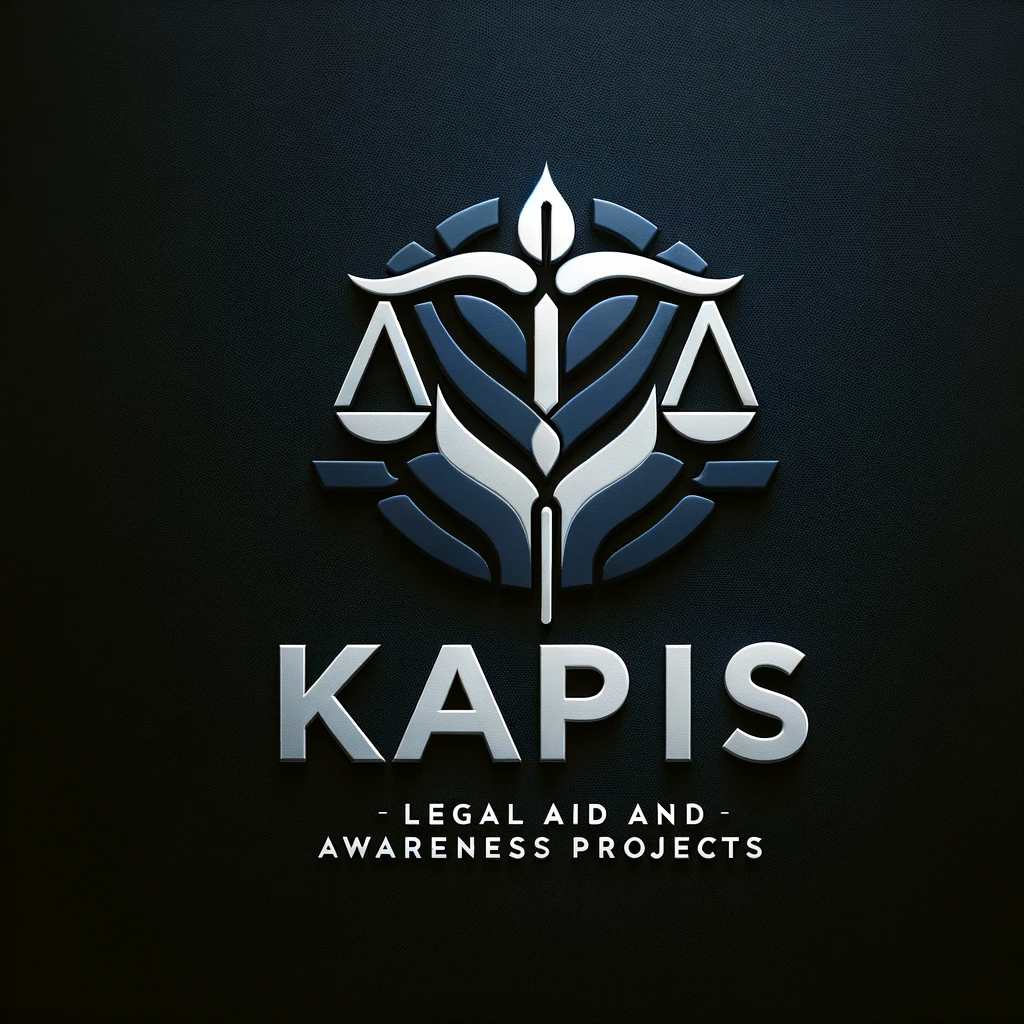
Sports Development
Sports development projects encompass a wide array of initiatives aimed at fostering participation, skill development, and excellence in various sports such as football, cricket, badminton, along with a focus on comprehensive physical education. These projects are integral in nurturing a culture of sports and physical activity within communities. Here’s an overview of the key components:
- Diverse Sports Training: By including a range of sports like football, cricket, and badminton, these projects cater to a wide variety of interests and skills. Each sport requires specialized training facilities, equipment, and coaching methods, which these projects aim to provide.
- Football Development: Initiatives often focus on building football fields, providing coaching clinics, and organizing leagues to enhance skills and promote the sport at both grassroots and elite levels.
- Cricket Training: Given cricket’s technical nature, projects typically involve creating cricket pitches, nets for practice, and specialized coaching to improve batting, bowling, and fielding skills.
- Badminton Promotion: This might include setting up badminton courts in community centers or schools, providing equipment, and offering coaching to encourage participation in this fast-paced sport.
- Physical Education Integration: A crucial aspect of sports development projects is the integration of physical education in schools. This involves curriculum development, teacher training, and providing necessary equipment to ensure a well-rounded physical education for students.
- Community Engagement: Engaging the community through local sports events, inter-school/club competitions, and open training sessions to build a strong sporting culture.
- Talent Identification and Development: Special emphasis is placed on identifying promising athletes in these sports and providing them with advanced training and opportunities to compete at higher levels.
- Health and Fitness Awareness: These projects also focus on promoting the importance of sports for maintaining health and fitness among all age groups.
- Accessibility and Inclusivity: Ensuring that sports facilities and programs are accessible to people of all ages, genders, and abilities, including marginalized and underrepresented groups.
- Infrastructure Development: Building and maintaining quality sports infrastructure like stadiums, pitches, courts, and training facilities is a fundamental part of these projects.
In essence, sports development projects are comprehensive initiatives designed to foster a love for sports like football, cricket, and badminton, and to promote physical education. They aim to build facilities, nurture talent, and create a supportive environment where sports can thrive as an integral part of community life.




